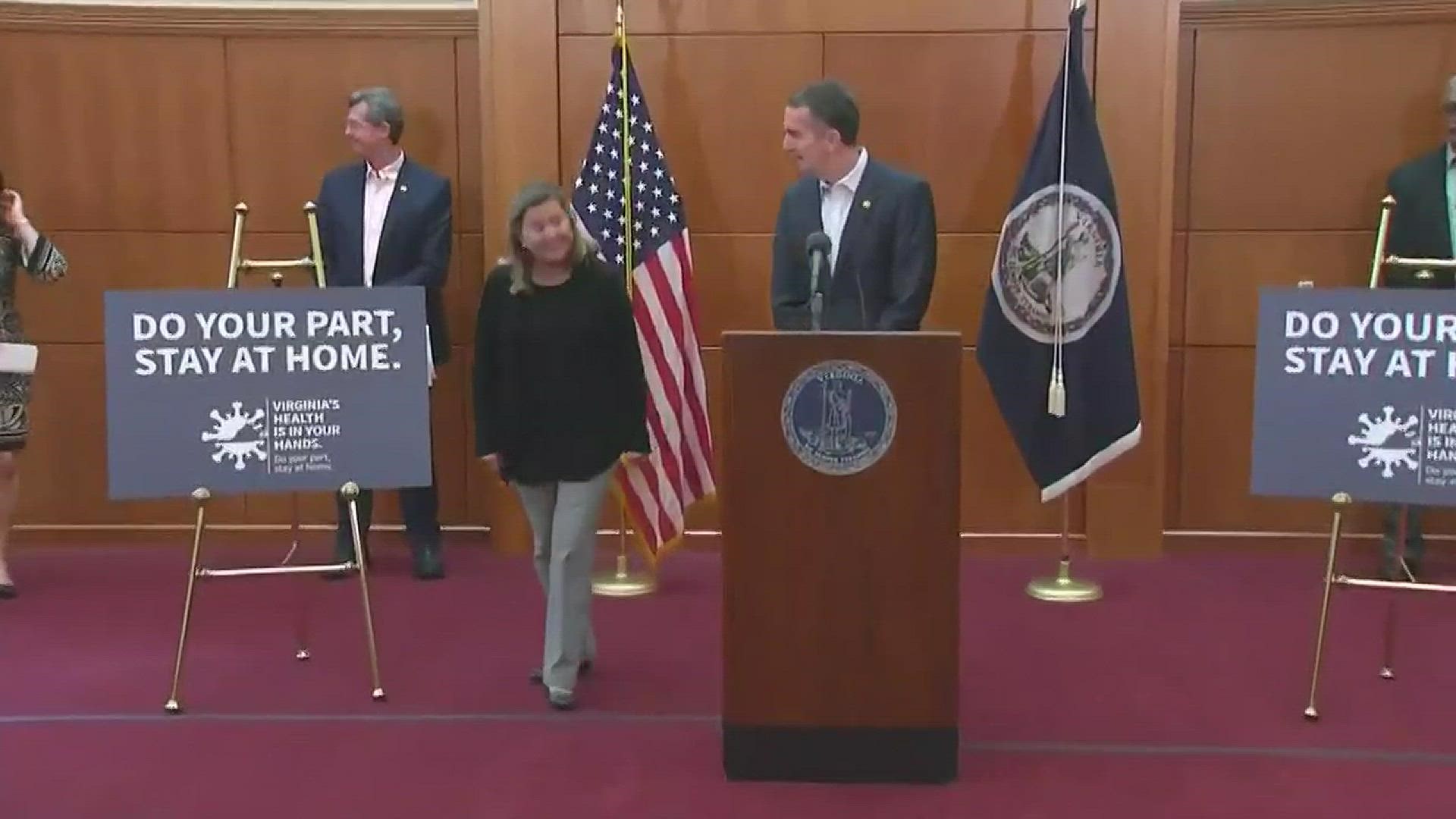RICHMOND, Va. — Virginia's state lab is one of the first public health labs in the United States to use genetic technology to help public health officials learn more about the makeup of the coronavirus that causes COVID-19 and its spread.
Gov. Ralph Northam announced the new development in his Monday press briefing.
“Advances in genetic sequencing allow us to track and analyze COVID-19 better than previous outbreaks,” Northam said. “This innovative technology, combined with the work of our public health laboratory and epidemiologists around the Commonwealth, will help us understand the virus, how it spreads, and how it may change. And that will give us more tools to fight it.”
The state lab, the Department of General Services’ (DGS) Division of Consolidated Laboratory Services (DCLS), is using what Northam called next-generation sequencing to genetically decode some samples of the SARS-CoV-2 coronavirus from Virginia patients.
Looking at that genetic fingerprint can help public health officials track how the virus is changing and provide insights into how it's being spread.
The state lab is working with the CDC and international public health and university partners with specialized lab equipment and software to piece together the genetic makeup of the virus found in patients with COVID-19.
The lab is working to build a library that stores the information of not only the positive samples it identifies, but also those tested at private facilities, healthcare systems, and universities in Virginia.
Next-generation sequencing generates enormous amounts of data, which is analyzed by specialized bioinformaticians at DCLS. The lab shares the data with public health officials and uploads it to GISAID, an online repository where genomic data is openly available to epidemiologists and virologists around the globe.
Nextstrain, an online resource for scientists to visually track the genomics of the virus, creates diagrams that favor family trees showing the evolutionary relationships between different samples collected throughout the world.
“This genetic fingerprint gives us tremendous insight into this novel virus, helping us understand where Virginia cases originated and how they are being transmitted in our communities,” DCLS Director Dr. Denise Toney said. “Providing this information in real-time is unbelievably valuable for public health officials as they determine how to reduce the impact of COVID-19 in our communities.”
In the Commonwealth, the sequences uploaded so far show evidence of multiple introductions of the virus into Virginia communities, suggesting that the emergence of COVID-19 is due to multiple distinct events.
This is suggested by looking at the similarity of the virus in Virginia to the virus sequences obtained from Asian and European patients. There is also a clear indication of person-to-person spread within suspected COVID-19 outbreaks.
For more information, visit the DGS website, including this Next-Generation Sequencing in Virginia document that explains more about how DCLS is using genetic technology to combat COVID-19 in Virginia.
Check the status of the virus in your state with your state health department's websites by tapping below:

